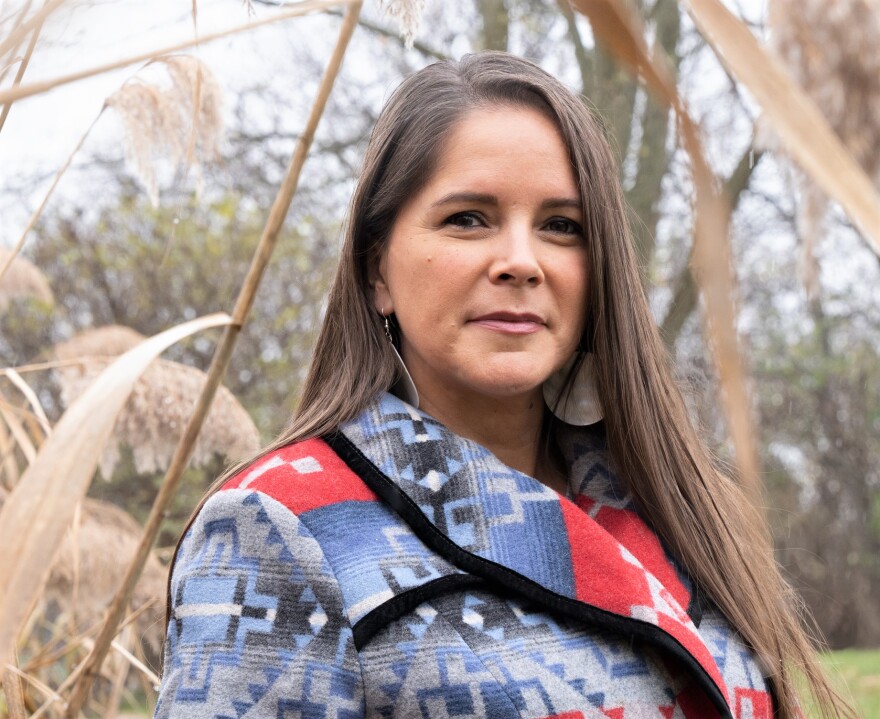Many people know the women’s rights movement was centered here in Upstate New York. You might also know that many Native American tribes are matriarchal in structure, where women hold key decision-making roles. That structure appears to have influenced the pioneers of women’s rights, according to researchers.
Matilda Jocelyn Gage was a key figure in the women’s movement. She studied and carefully befriended Upstate native tribes. Gage was enamored with their culture, upon learning of their matriarchal structures, where clan mothers chose tribal chiefs and made decisions on tribal policies.
“Never was justice more perfect, never was civilization higher,” Gage wrote.
(Listen: podcast on matriarchal societies and women's rights movement)
Dr. Sally Roesch Wagner is a scholar on Gage’s life and her legacy within the women’s rights struggle. Wagner chides herself on not seeing the connection between Haudenosaunee nations and their influence on women’s rights pioneers. She suggests both western culture and laws were built on patriarchy, which blinded her to the connection.
“I knew deeply (and mistakenly) that Indian women had nothing to teach white women. That’s how deep racism poisoned my scholarship,” says Wagner
Michelle Shanandoah started Rematriation Magazine to focus attention on the role of women. She says the Haudenosaunee respect for women and their role in bringing life into the world has always sat in contrast with western culture.
“The western world has always been situated (in patriarchy), that everything belongs to the man, to the land, to the children … whatever it is centered around the man of the house. So thinking about Rematriation, what is that returning, and it’s that sacred relationship we have with life.”
Shenandoah wonders if the women’s rights leaders could have gained support and understanding from indigenous ways.
“One of the things that the foremothers of the suffrage movement and the women’s rights movement missed was the understanding that the Haudenosaunee women had that we hold this elevated status around life and life giving and what that means,” says Shenandoah.
Sally Roesch Wagner, after researching decades of documents, came around to realizing the impact indigenous women had on women’s rights movement. She eventually wrote a book, “Sisters in Spirit: Haudenosaunee (Iroquois) Influence on Early American feminists.”

Michelle Shenandoah believes contemporary culture could also learn from a matriarchal perspective, and the ultimate mother, earth.
“Facing the greatest climate crisis we’ve ever known … and Mother Earth pushing back. She doesn’t have a voice but she sure is powerful. And she will always win. From hurricanes to flooding and tornadoes and fires and increasing temperatures, those are all her ways of speaking to us and telling us to change our ways and to take her into consideration before all else.”
Latest installment of podcast to help understanding of the Haudenosaunee
Episode 8 of The Land You’re On podcast we hear a description of roles within a matriarchal culture and the Haudenosaunee influence on the American Women's Suffrage Movement.
The Land You’re On is presented by Access Audio, and the Special Collections Research Center at the Syracuse University Libraries. The podcast is a limited edition, twelve-part series that will air on WAER’s website and all major streaming platforms. The series continues to reflect on the complicated history of our land, while also celebrating Haudenosaunee culture and traditions.



